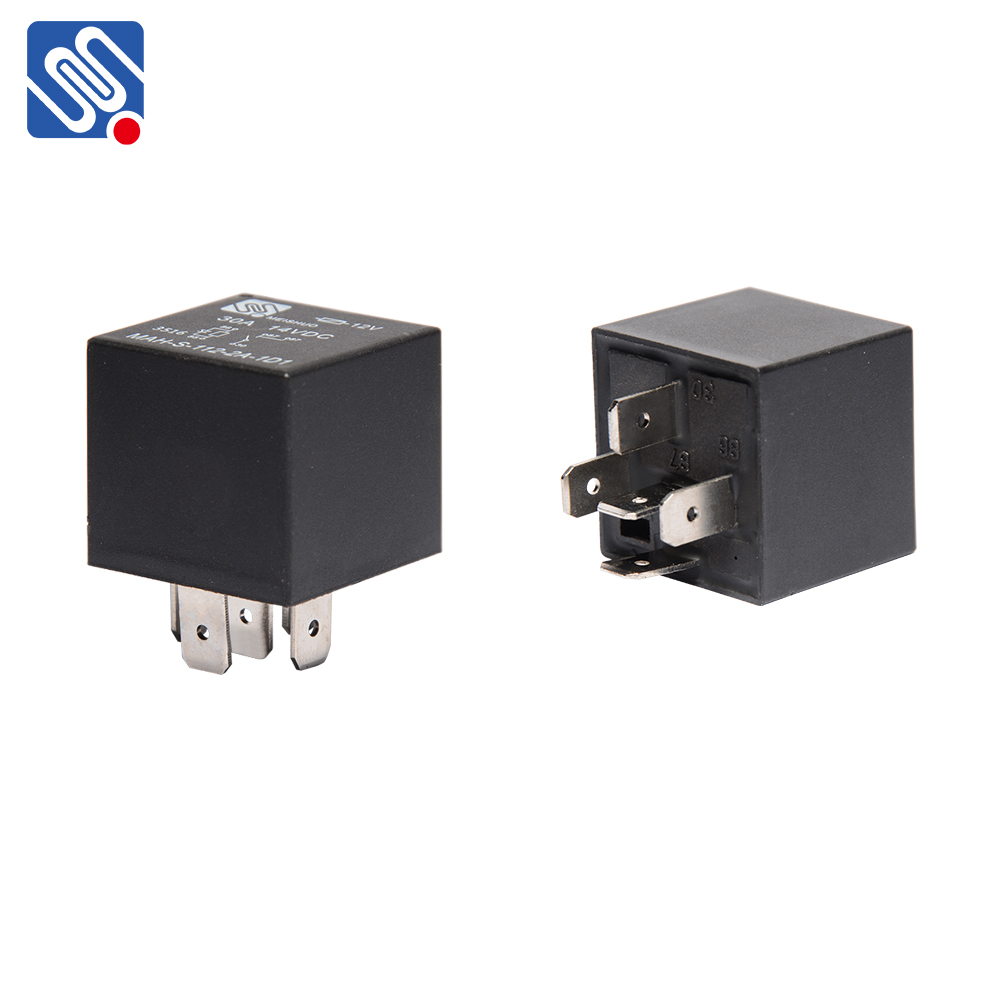In the world of automotive electronics, a seemingly small component plays a crucial role in ensuring the safe and efficient operation of various systems within a vehicle: the automotive relay. Though often overlooked, automotive relays are vital for controlling high-power circuits using low-power signals, making them essential in modern vehicles. This article explores the significance, functionality, types, and applications of automotive relays, highlighting their importance in automotive systems.

What is an Automotive Relay? An automotive relay is an electromechanical switch that uses a small electrical current to control a larger electrical current. This is achieved through an electromagnet that, when energized, opens or closes a set of contacts to either allow or interrupt the flow of electricity. Essentially, relays act as intermediaries, enabling a vehicle’s control circuit (which often runs on low voltage) to manage high-voltage circuits safely and efficiently. The core function of an automotive relay is to isolate low and high voltage systems while reducing the load on the vehicle’s electronic control units. Relays allow a small control current to activate heavy-duty circuits, which is particularly useful in automotive applications where a variety of devices—ranging from headlights to power windows—require significant amounts of electrical power.